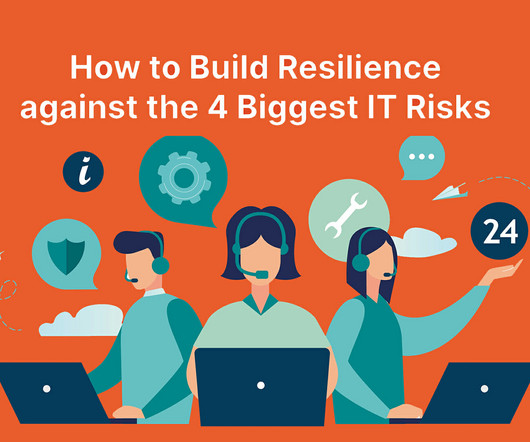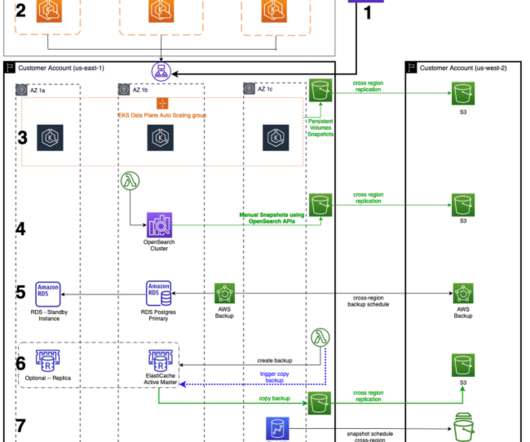IT’s 4 Biggest Risks and How to Build Resilience against Them
Pure Storage
AUGUST 30, 2023
That’s why “ resiliency ,” the capacity to withstand or recover quickly from difficulties, is key. Such outages can cripple operations, erode customer trust, and result in financial losses. Things will go wrong. The important thing is how you deal with them and how fast you get up.











Let's personalize your content